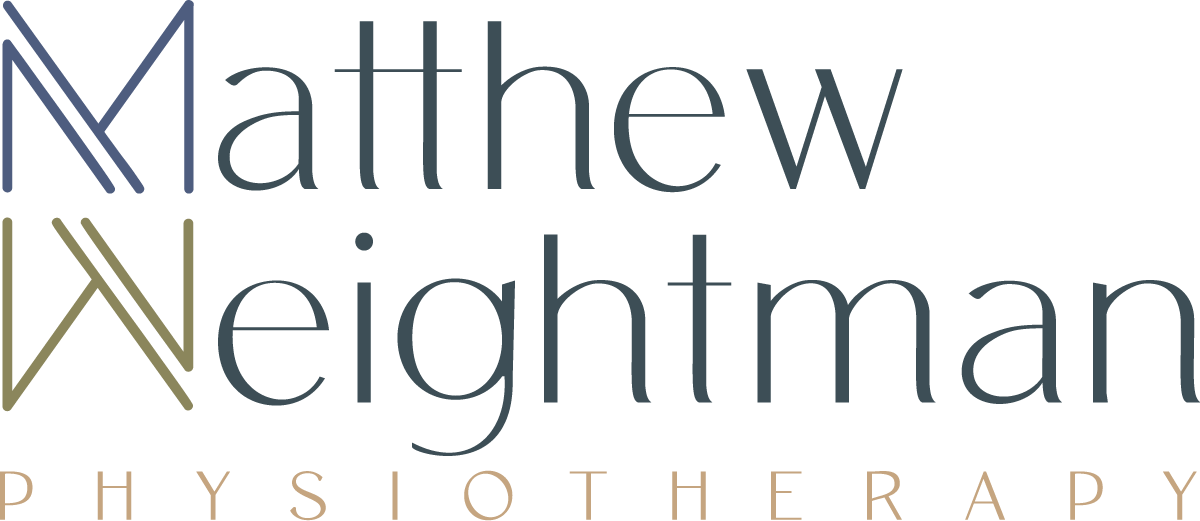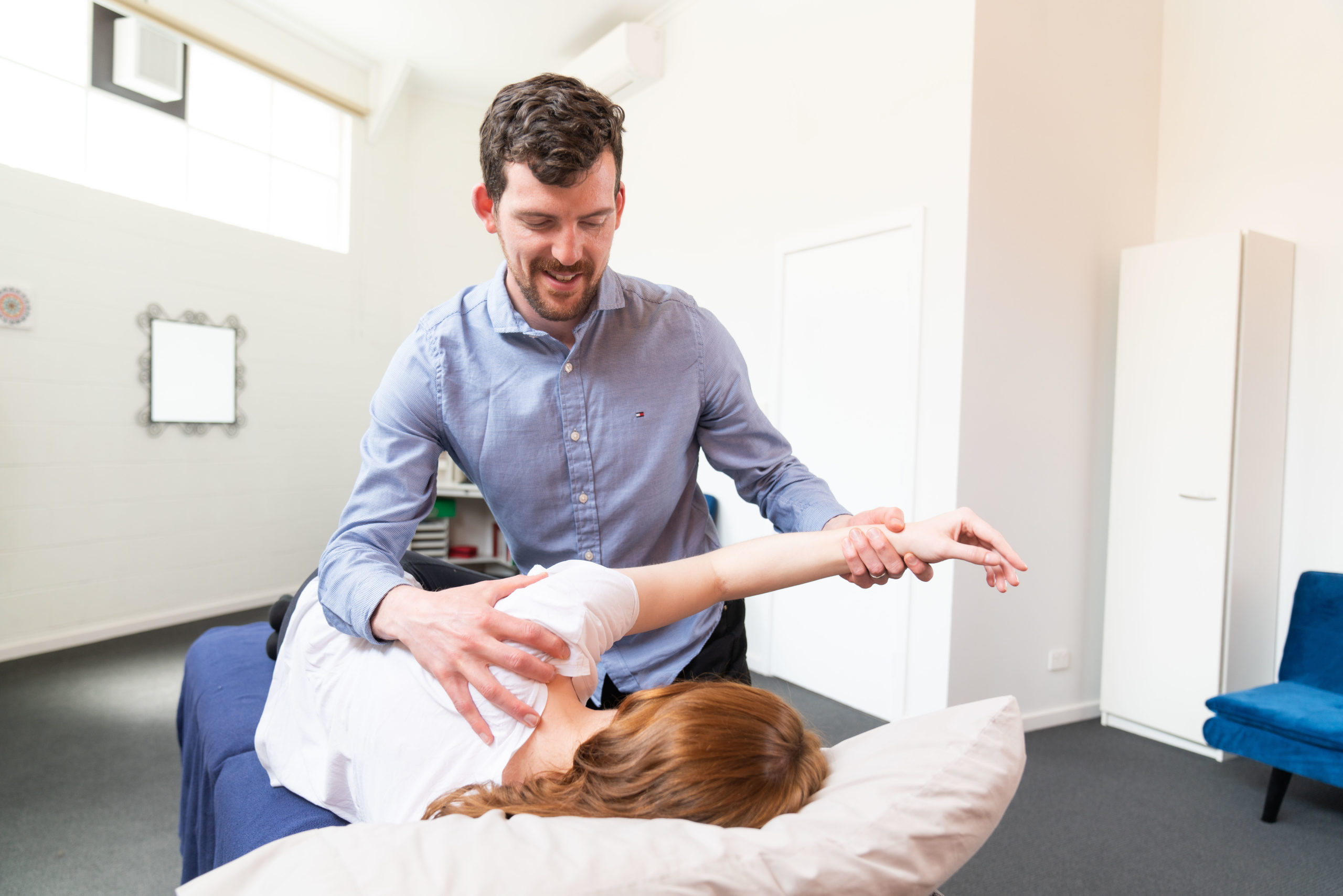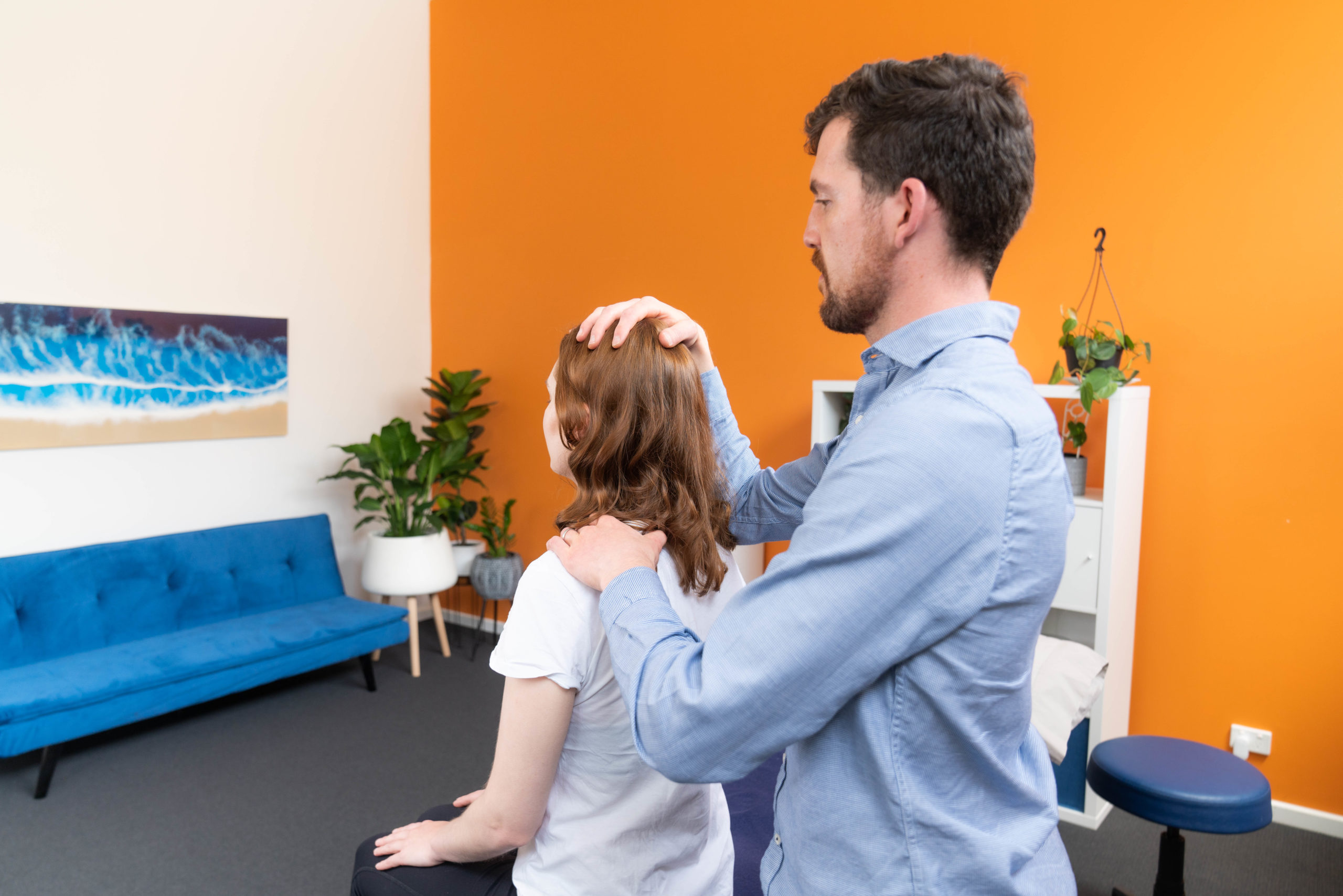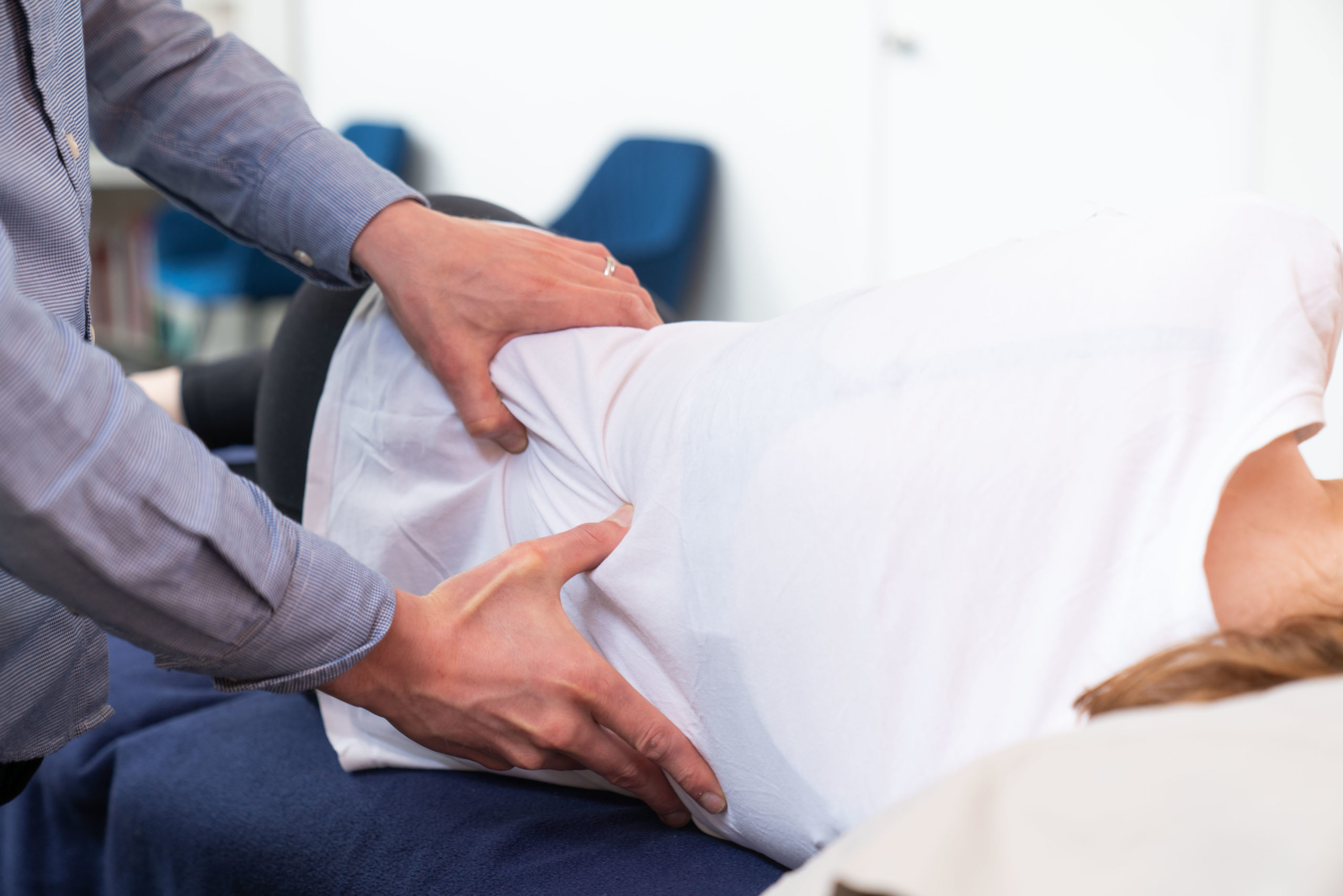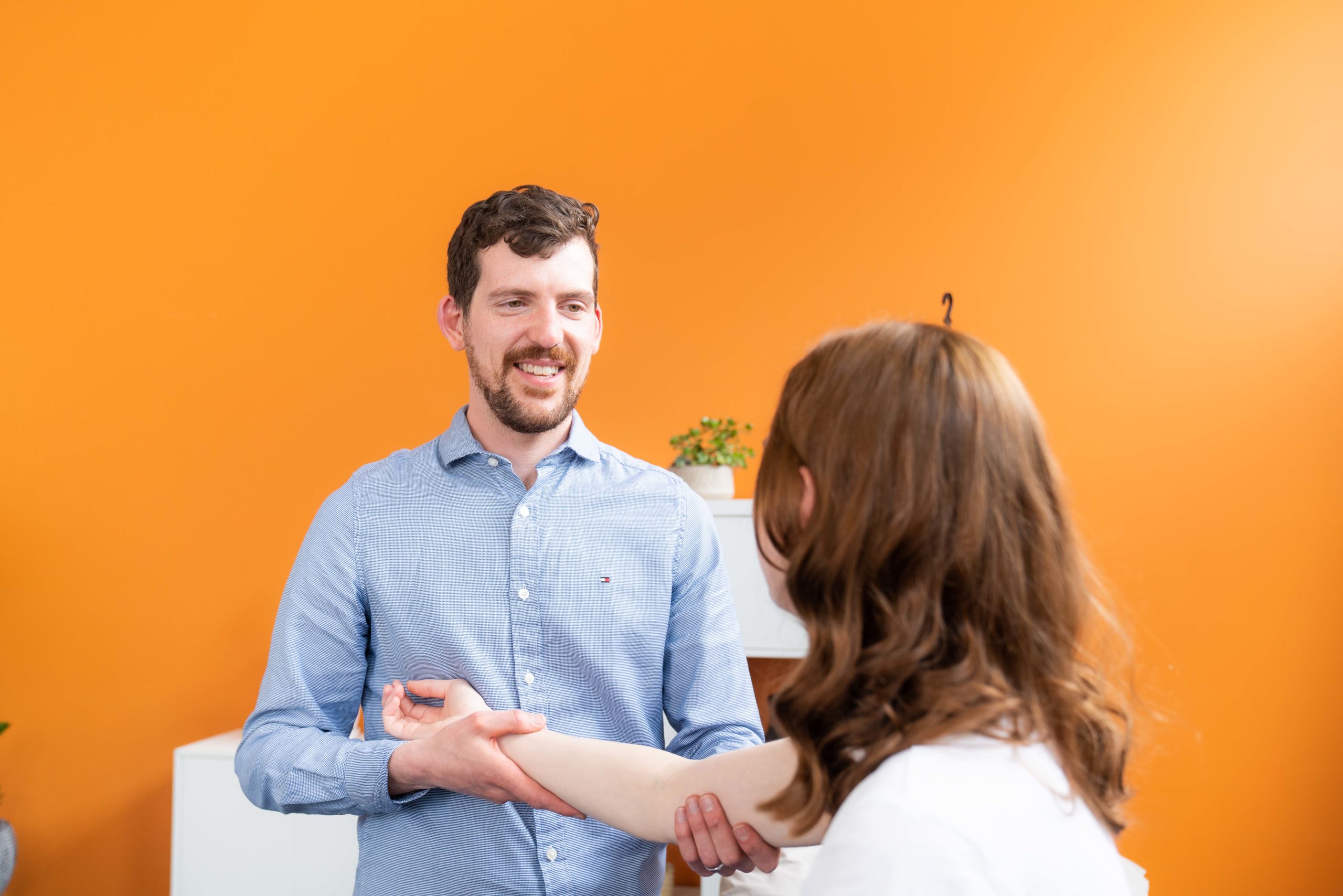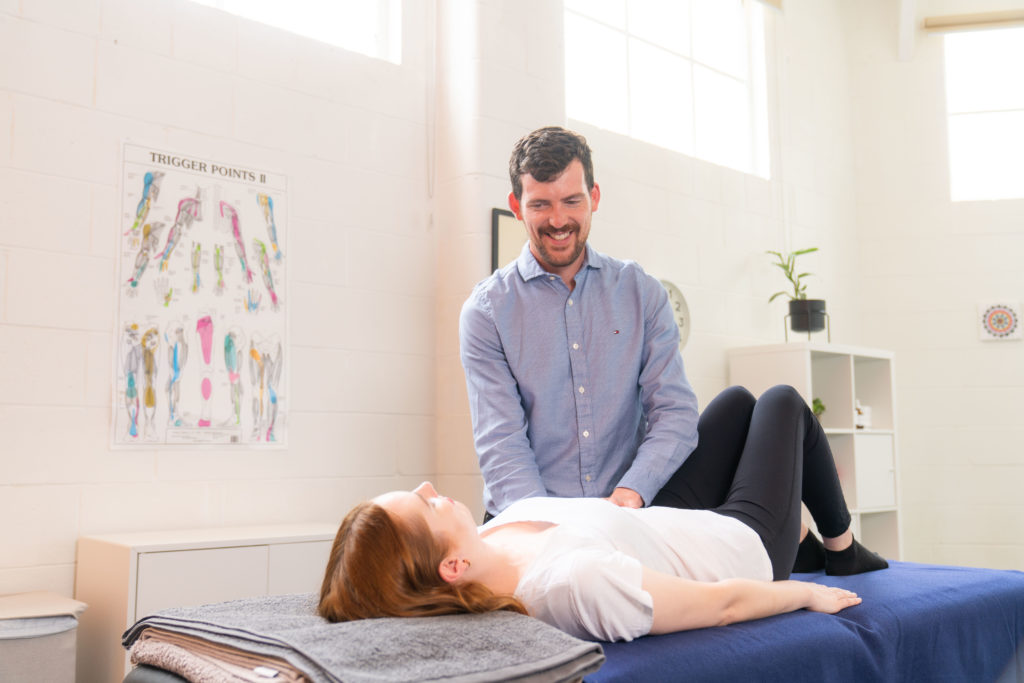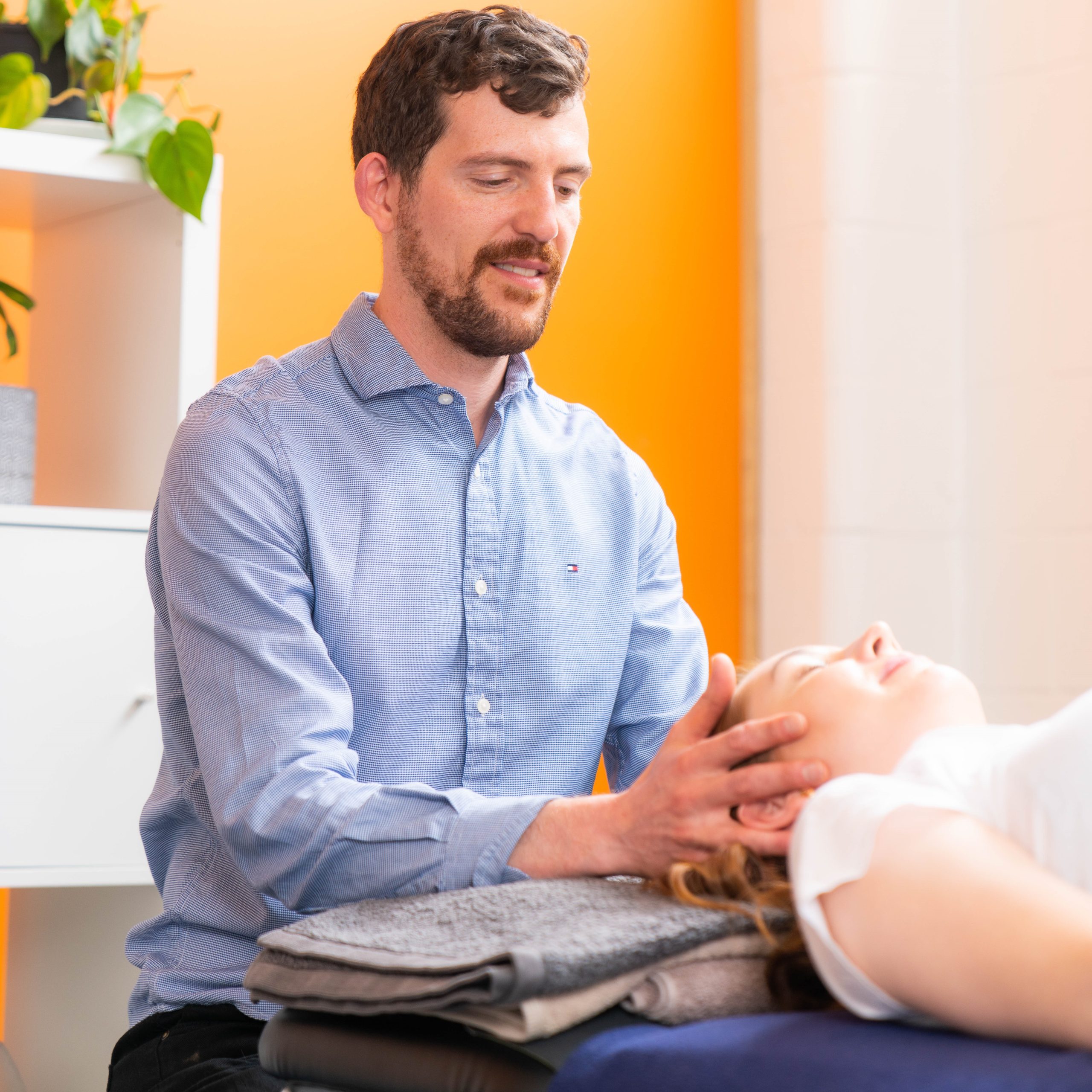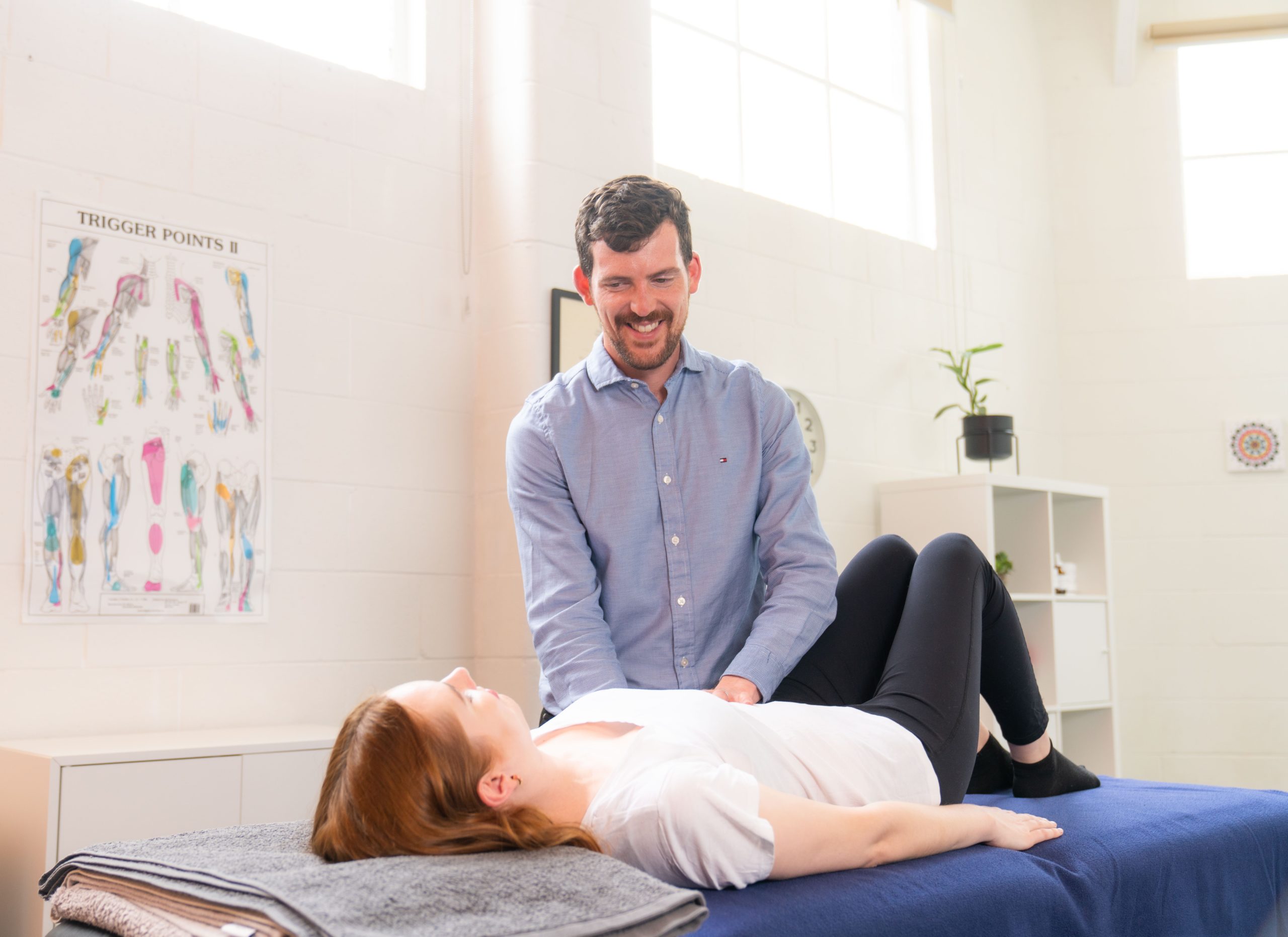Muskulosceletal Physiotherapy
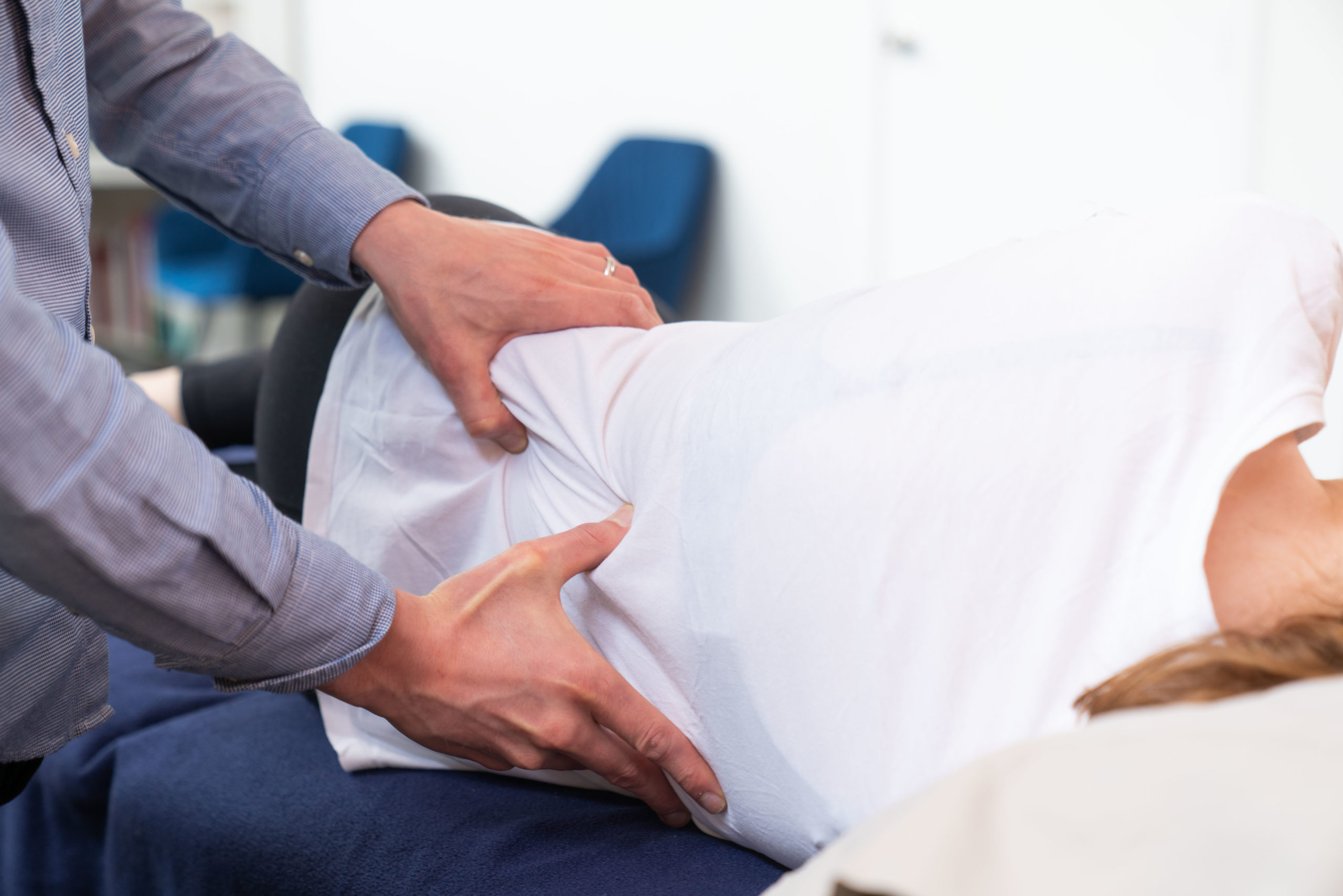
What is the Front to Back Approach?
The Front to Back Approach, Pioneered by Dr. Aileen Jefferis, holistically applies Myofascial Trigger Point Release and other techniques to the whole person, rather than just the area of local symptoms. Stretching and strengthening exercise are also given to further improve and correct posture and movement patterns.
What does it feel like?
Direct pressure is applied to the “trigger point”, or “knot” in muscles/tissues using the hands (usually fingers or thumbs). Myofascial Trigger Point Release can be painful but as only the minimum required pressured is used in the Front to Back Approach, this pain is usually mild and within tolerable limits. After around 30 seconds, the Trigger Point softens and it feels like the muscle lets go.
Why have it?
Many common symptoms are produced by Myofascial trigger points. These includes muscular (dull) aches and tightness in the muscles themselves and pain referred into joints (that often mimic joint pain or aggravate existing joint issues such arthritis). Additionally, nerve pain (sharp, shooting pain) and numbness and tingling can also result from tight muscles compressing adjacent nerves. The Front to Back Approach helps acute and chronic musculoskeletal issues such as back, neck and joint pain including scoliosis.
How does it work?
The Front to Back Approach involves assessing the whole body and releasing ALL related myofascial trigger points to restore normal posture and movement. This includes key muscles such as Psoas (also referred as iliopsoas) commonly implicated in back, neck and lower limb presentations. The Psoas muscle spans from the spine to the hip and when tight, it both pulls the trunk forwards compressing the spine and discs and elevates and rotates the hip forwards on one side, making one leg seem longer and affecting our knees and ankles when walking. Additionally, with the pelvis no longer being level, a scoliosis (S-Shaped curvature) of the spine is produced. The Front to Back Approach carefully unravels the tension patterns (or “muscle trails”) in the body to restore alignment and decmpress pain sensitive structures like nerves, discs, bursas and joints and help relieve muscular aches.
